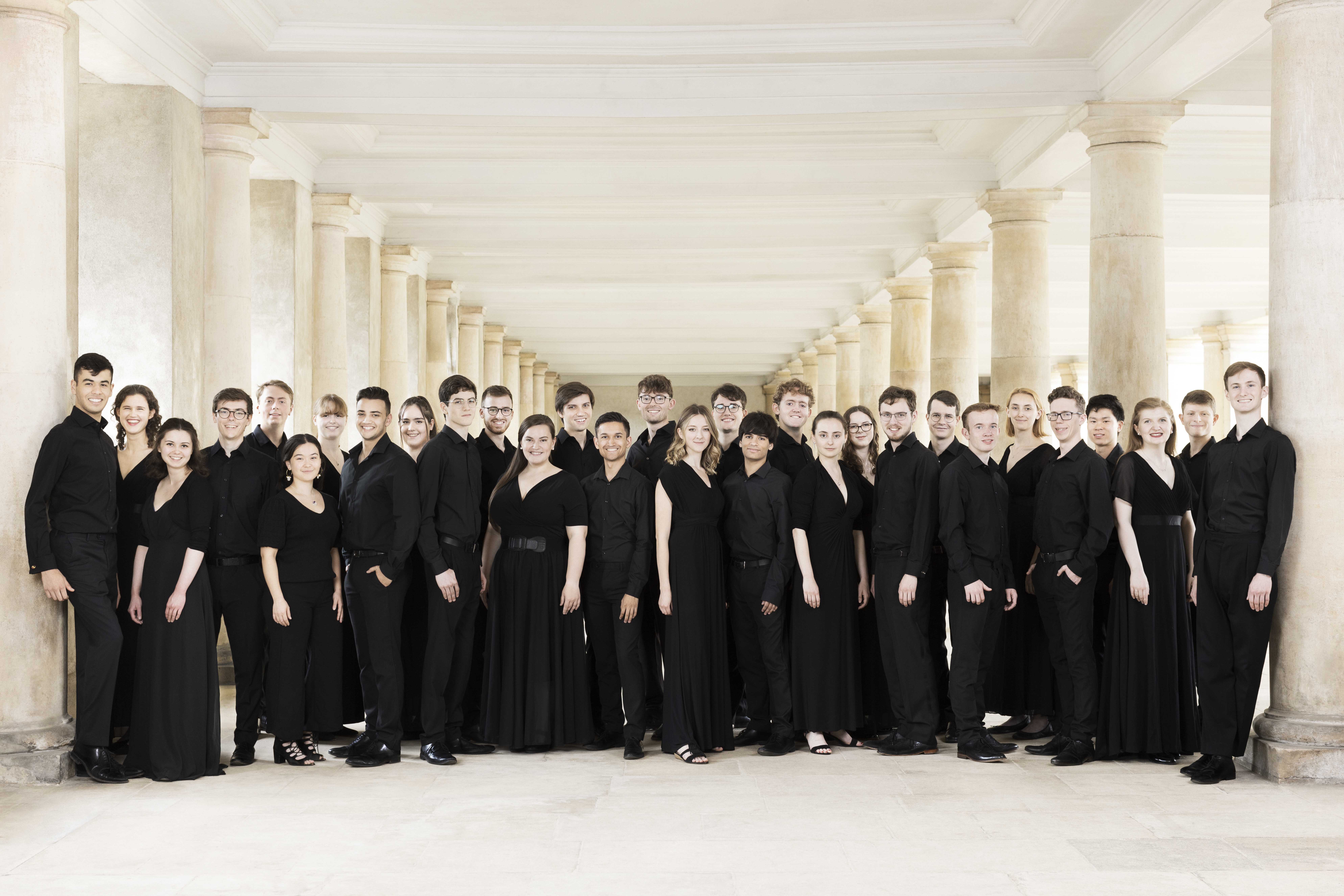Bach - Christmas Oratorio at St John's Smith Square, December 2022
> See concert details...With an aging and rapidly dwindling army of worshipers, Anglican churches desperately need a new role. For many, the pandemic offered an ideal opportunity to grow their congregation, by turning themselves into food banks and soup kitchens. The other route to salvation has been for their (often lovely) buildings to be turned into concert halls. Their acoustics can be excellent, and for music the atmosphere is tailor-made.
As it certainly is in a magnificent Baroque building in a quiet Westminster square. Not everyone has regarded St John’s Smith Square as magnificent: Dickens described it as “some petrified monster, frightful and gigantic, on its back with its legs in the air”. But Hugh Casson was one of many architectural commentators who have contrasted its external flamboyance with its interior calm: “All within is quiet simplicity – a lofty, spacious, emptiness filled with a pale clear light… It’s all as cool and quiet and evocative as the inside of a sea shell.”
For over 200 years, the building served its parish. In 1742, it was damaged by fire; in 1773 it was struck by lightning; then, in 1941, it took a direct hit by an incendiary bomb – for 20 years the ruin lay open to the skies. Then, sold as scrap, it was converted into the superb concert space it is now.
At Christmas, it comes into its own, with top vocal ensembles all vying for a slot. For Trinity College Choir, the agenda was JS Bach’s Christmas Oratorio, a herculean work whose emergence may strike contemporary listeners as strange. For rather than being composed, it was actually compiled from the composer’s favourite hits – that being his way of ensuring his music a longer life. Moreover, it was never intended to be performed in one go: Bach wanted it performed in two churches, in instalments over the course of several weeks.
This was an absolutely stunning evening. The choir’s bright freshness of sound – and its marvellously controlled pianissimi – provided an ideal backdrop for the orchestra’s chameleon changes of colour. And the soloists were predictably brilliant: Anna Dennis’s clarion-strength soprano, Matthew Brook’s warm baritone, countertenor Iestyn Davies’s astonishing richness of tone and tenor Gwilym Bowen’s thrilling high notes.
Bach’s mastery of texture ensured new pleasures at every turn: the bass sharing the stage with two oboes then a trumpet, the tenor with a flute, the alto with a violin, the soprano offset by the bass. And as strings alternated with period woodwind, the sonic landscape was repeatedly transformed in a trice.
Michael Church
